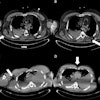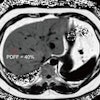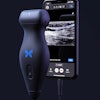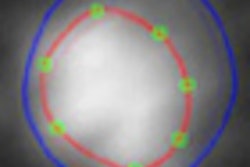
NEW YORK (Reuters Health), Jun 23 - Even though carotid intima media thickness (cIMT) independently predicts cardiovascular disease events, this parameter does not add useful information to traditional risk factor assessment in the general population, investigators in Germany report.
In fact, their study showed that compared with risk prediction of cardiovascular events based on Framingham risk factors alone, reclassification based on cIMT was wrong 70% of the time.
cIMT determination is encouraged by some professional guidelines as a measure of early atherosclerosis. However, the U.S. Preventive Services Task Force recently said that there is not enough evidence to warrant the use of nontraditional risk factors, including cIMT, for assessing cardiovascular risk. (See Reuters Health report of October 5, 2009.)
For their study, published online on June 8 in the European Heart Journal, researchers at Johann Wolfgang Goethe-University in Frankfurt used "state-of-the-art reclassification statistics" to further examine this issue.
Their data involved 4,904 asymptomatic subjects with no history of vascular disease from the CAPS study who had cIMT measured with high-resolution ultrasound. During follow-up averaging 8.5 years, 73 subjects had a myocardial infarction, 271 had angina pectoris or myocardial infarction, and 72 subjects died.
In 24 risk models with different end points, carotid segments, and explanatory variables, c-statistics improved only marginally when cIMT was added to traditional risk factors, lead author Dr. Matthias W. Lorenz and associates report.
In a model for angina or myocardial infarction using Framingham risk factors, addition of cIMT reclassified 357 subjects, but only 30% were correct based on actual outcomes over 10 years. In a model for death based on SCORE risk factors, 114 subjects were reclassified when cIMT was added; 61% were accurate.
All the models showed "a lack of convincing reclassification benefit by cIMT," the authors say.
They estimate that to prevent one cardiovascular disease event over 10 years, physicians would have to screen 2,410 subjects with cIMT measurement. Still, they hesitate to discourage use of cIMT as a screening tool until their findings are confirmed in other population-based studies.
http://eurheartj.oxfordjournals.org/content/early/2010/06/07/eurheartj.ehq189.abstract
Eur Heart J 2010.
Last Updated: 2010-06-23 9:00:09 -0400 (Reuters Health)
Related Reading
Low-cost US device shows promise for carotid screening, April 9, 2010
How to navigate pitfalls in carotid ultrasound, September 9, 2009
How to provide great service in the ultrasound vascular lab, July 22, 2009
Future of ultrasound will require technology, educational gains, April 4, 2009
B-mode US shines in measuring carotid atherosclerosis, September 19, 2008
Copyright © 2010 Reuters Limited. All rights reserved. Republication or redistribution of Reuters content, including by framing or similar means, is expressly prohibited without the prior written consent of Reuters. Reuters shall not be liable for any errors or delays in the content, or for any actions taken in reliance thereon. Reuters and the Reuters sphere logo are registered trademarks and trademarks of the Reuters group of companies around the world.



















